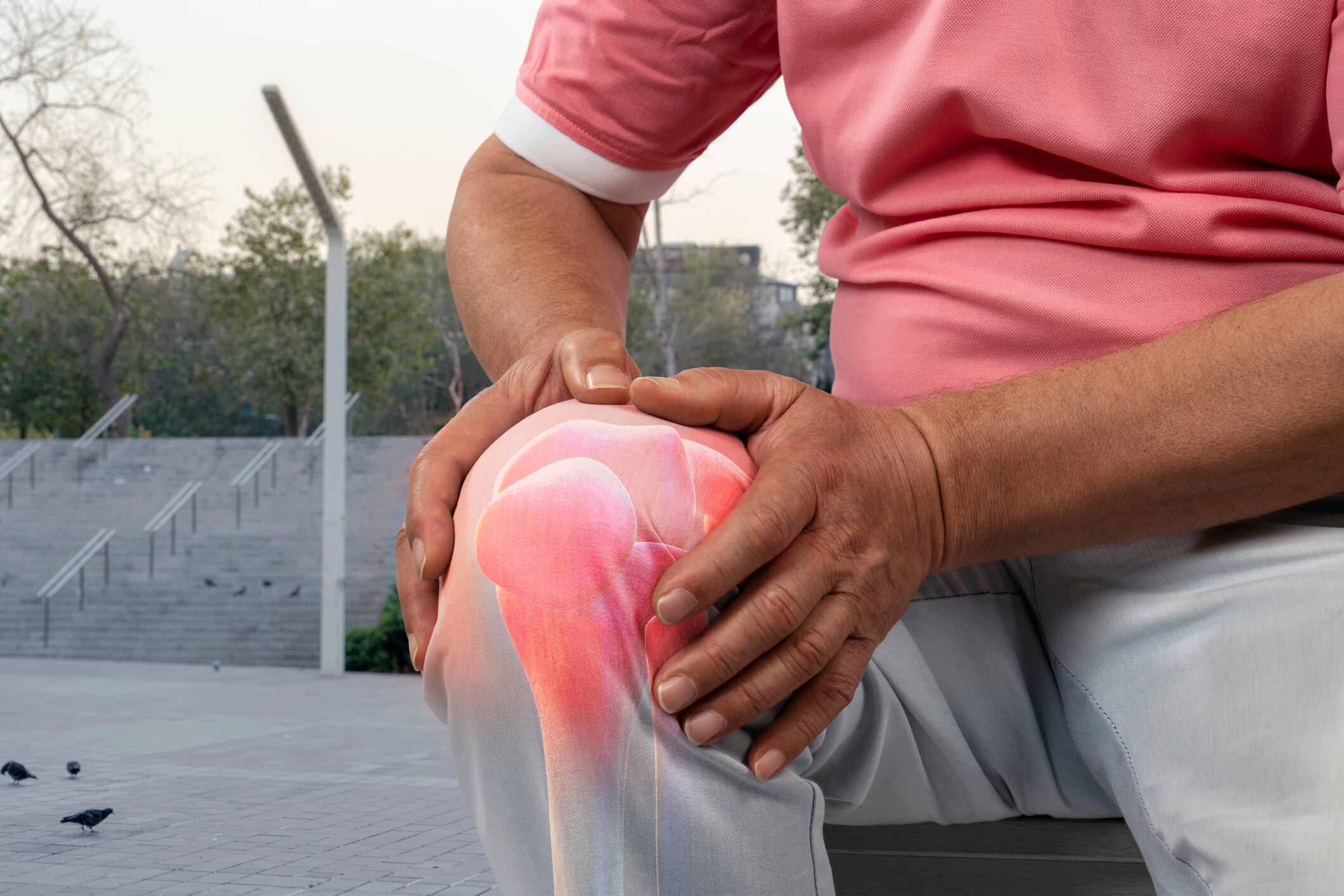Researchers investigating the analgesic effects of supplementation with a mixture of phenolic compounds and ascorbic acid (PhAA), discovered significant reductions in subjective pain intensity in patients aged 35 or over, compared to ascorbic acid (AA) alone.
Prior data supports the intake of polyphenols, like resveratrol and curcuminoids, to manage OA pain (due to their anti-inflammatory and antioxidant properties), however the study authors sought to determine the potential of a combined supplement to enhance therapeutic qualities.
“The combination of polyphenols in a supplement with optimal characteristics in regard to their concentration and bioavailability, represents a promising and novel approach in the dietary management of OA. Our trial provided new evidence for the efficacy of a PhAA supplement on pain,” they write.
Multifactorial dimension
Pain is the main debilitating symptom of OA and affects the whole joint. The condition is more prevalent in women than men and mediated by age-related cellular senescence, genetics, injury or physiological irregularities, and further exacerbated by obesity and metabolic syndrome.
Patients are advised to exercise, lose weight, and use a knee brace to manage symptoms, often in tandem with pharmacological treatment, including slow or fast-acting medication (for example, glucosamine sulphate, avocado soybean unsaponifiables, or non-steroidal anti-inflammatories (NSAIDs)), for pain relief.
Co-morbidities include gastrointestinal disorders, cardiovascular disease, and frailty. Given the multifactorial disease progression of OA, the scope of traditional treatment is limited and has galvanized demand for “more effective, side effect-free nutraceutical and pharmaceutical supplements as an auxiliary treatment”, the researchers say.
The current three-month preliminary trial assessed the efficacy of a commercially available phytochemical-rich supplement (considered an analgesic against musculoskeletal pain), relative to ascorbic acid.
Study protocol
The novel supplement comprised curcuma phospholipids (148.4mg), rosemary extract (51.9mg), resveratrol extract 95% (51.9mg), VIVAPHARM HPMC E50-Hypromellose, and magnesium stearate. An ascorbic acid (AA) dosage of 29.7mg served as the placebo.
The positive impact of these polyphenols on OA is well-established, according to the study authors, however curcumin is generally unstable and has low bioavailability so was encapsulated in phytosomes to expedite the therapeutic activity.
Participants were evaluated for inclusion criteria, including confirmed mono- or bi-literal knee OA, at least moderate symptoms in the target knee with pain above four in the Western Ontario and McMaster Universities Osteoarthritis (WOMAC) pain scale, and ability to walk without any support.
Patients were randomised to the intervention PhAA group (13), or placebo (12). Treatment with prescribed rescue medication (analgesics or NSAIDs) was permitted during the trial to alleviate intense pain.
The authors explain that changes in the perception of pain are widely used to determine outcomes for this type of intervention, therefore WOMAC and Visual Analog Scales (VAS) were applied to assess the effects on pain and WOMAC to measure changes in stiffness and functionality.
Notable improvements
The data from 22 patients was analysed. Among the PhAA cohort, 72.7% reported decreased used of medication, compared to 54.4% in the placebo, “indicative of the pain relief effect of the phenolic compounds in OA,” the authors said.
Lower WOMAC pain scores were noted in both groups, but patients in the intervention group demonstrated significantly lower levels at follow-up, compared to the placebo.
Subjective VAS data also indicated significant pain reductions in the PhAA group, while levels remained stable in the AA group. In addition, pain levels at follow-up were lower following intervention.
There were no significant improvements in stiffness or function in either group.
The authors conclude: “A possible improvement in the quality of life of these patients using nutraceutical supplements is apparent. Although preliminary, our positive results support the hypothesis that treatment with nutraceuticals may be effective for pain relief in osteoarthritis.”
Source: Dietetics
Published online November 30, 2021: doi: 10.3390/dietetics1010002
‘Nutraceuticals for Knee Osteoarthritis Pain Relief. Results from a Preliminary Randomised Clinical Trial’
Authors: E. Valsamidou, et al.

